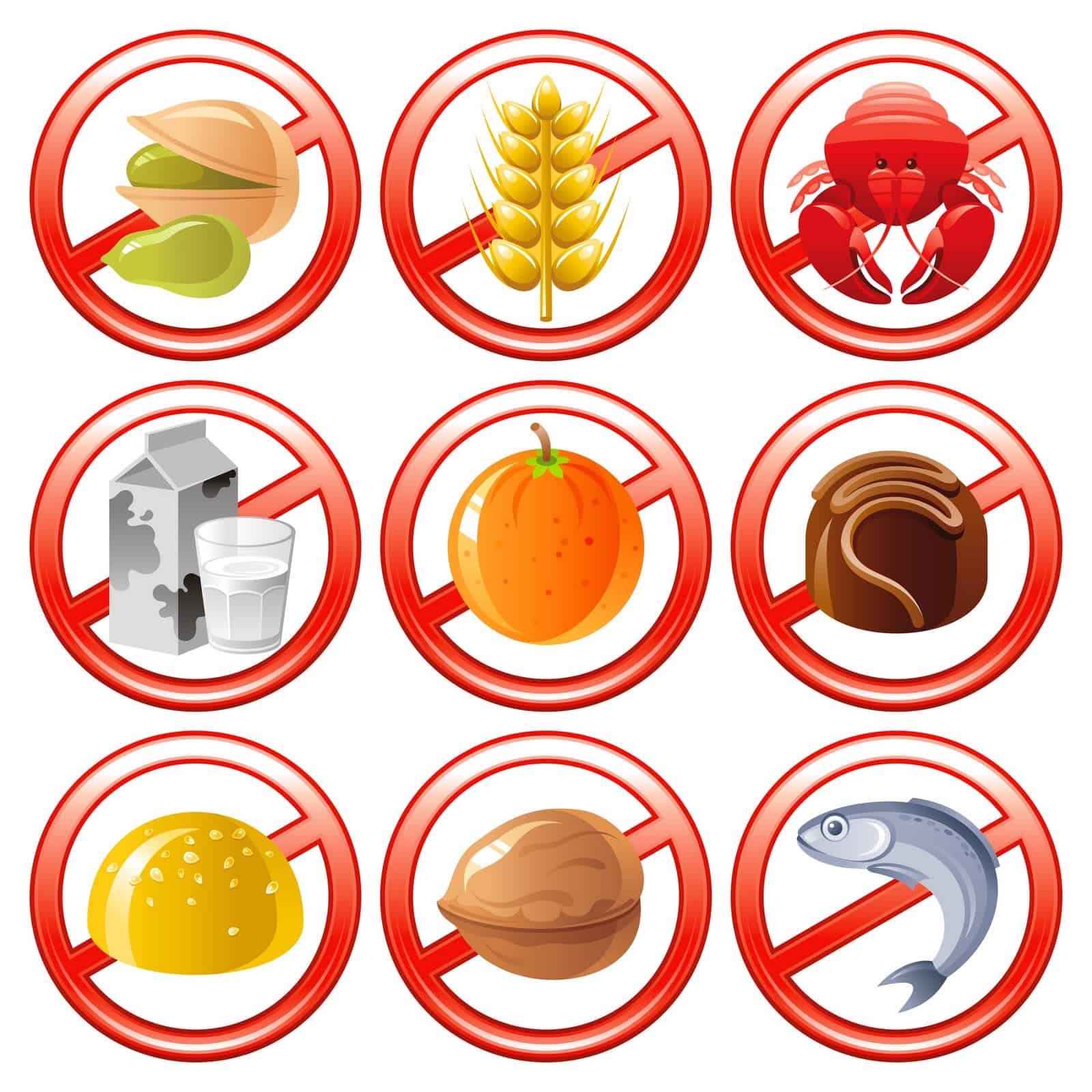
People talk about walking into a restaurant and being able to practically taste the dishes in the air. That’s because they can, with tiny food particles floating in every cubic inch of the place. When a restaurant specializes in just one type of food, the air can get thick, indeed. A whitefish allergy can be triggered by just the air in a good seafood restaurant, for instance, and these reactions can get very serious. These sorts of issues are hard enough to deal with when you’re at home, but it’s even worse when travelling. More than just avoiding certain places, travelling with food allergies means you must put your fate in the hands of a server. Even for those with less severe conditions, there are dangers and annoyances to travel that can hamper a perfectly good trip – and a visit to a foreign hospital is never a good end to a vacation.
So what can such people do? There are a number of options, including the latest version of Let’s Eat Out!, a guide for travellers with gluten allergies. This is one of the most far-reaching of food allergies, putting whole food groups out of contention, and one of the most difficult to police, since many people genuinely don’t know what does and does not contain gluten. As a result, the precautionary measures recommended in the book will work for most allergy sufferers.
Firstly, it’s about diligence. Don’t be afraid to remind staff of your condition to make sure you get what you need. Just be clear that this is your health on the line, and they’ll never take offense. Airlines are very diligent about making meal accommodations as long as they are informed in advance. In better food establishments, just the mention of an allergy will get the job done, but no proper trip visits just the upscale parts of town.
If you feel that a server or cashier isn’t taking your order or condition seriously, just politely point out what the health effect will be. “No peanuts in that, please,” is far less memorable than “I need peanuts taken off of this so my throat doesn’t swell shut.” When the food arrives, always double-check that your modifications have been made, though any good waiter will volunteer the information without prompting.
Also, you don’t necessarily need to eat out to take advantage of local cuisine. Some of the most authentic food can be found in the supermarket, and a good working knowledge of your food needs (along with a good smartphone translation app, if needed) should let you cobble together real local meals that are safe and delicious. Many regions also have official or volunteer groups doing restaurant certification for people with food allergies – especially for celiacs – but these will never have the coverage you really need.
As a result, it’s important to remain open to abstaining as a last resort. In the end, your health is more important than any meal, and if you prepare properly you need not even go hungry. Asking early lets you and your party switch venues if you can’t partake of the food, and if you’ve stowed a few easy and acceptable snacks on your person, you can tide yourself over while others finish up.
Taking a trip with allergies is always difficult, but a little diligence can minimize the hassle and keep you safe to enjoy the views.


